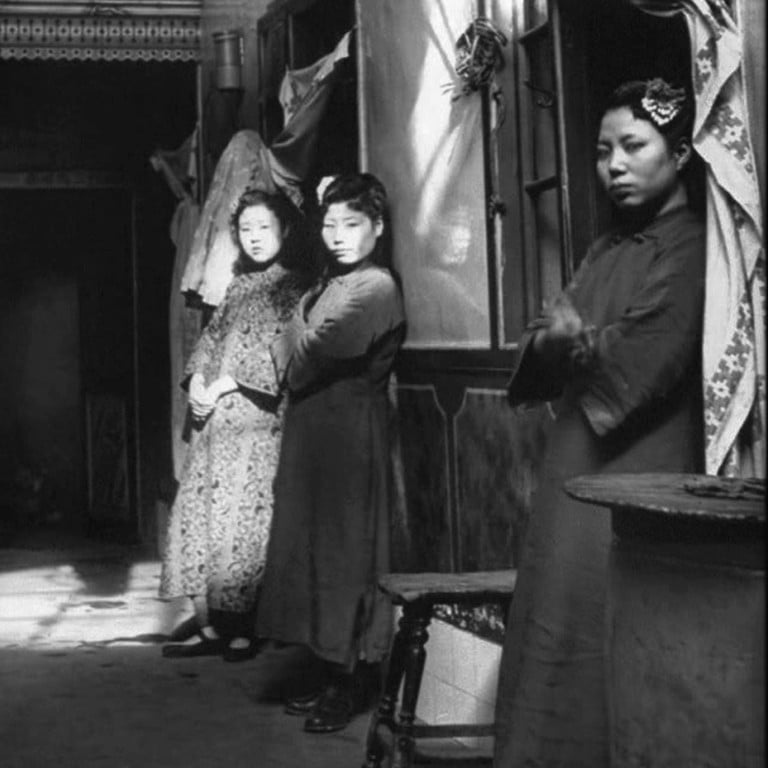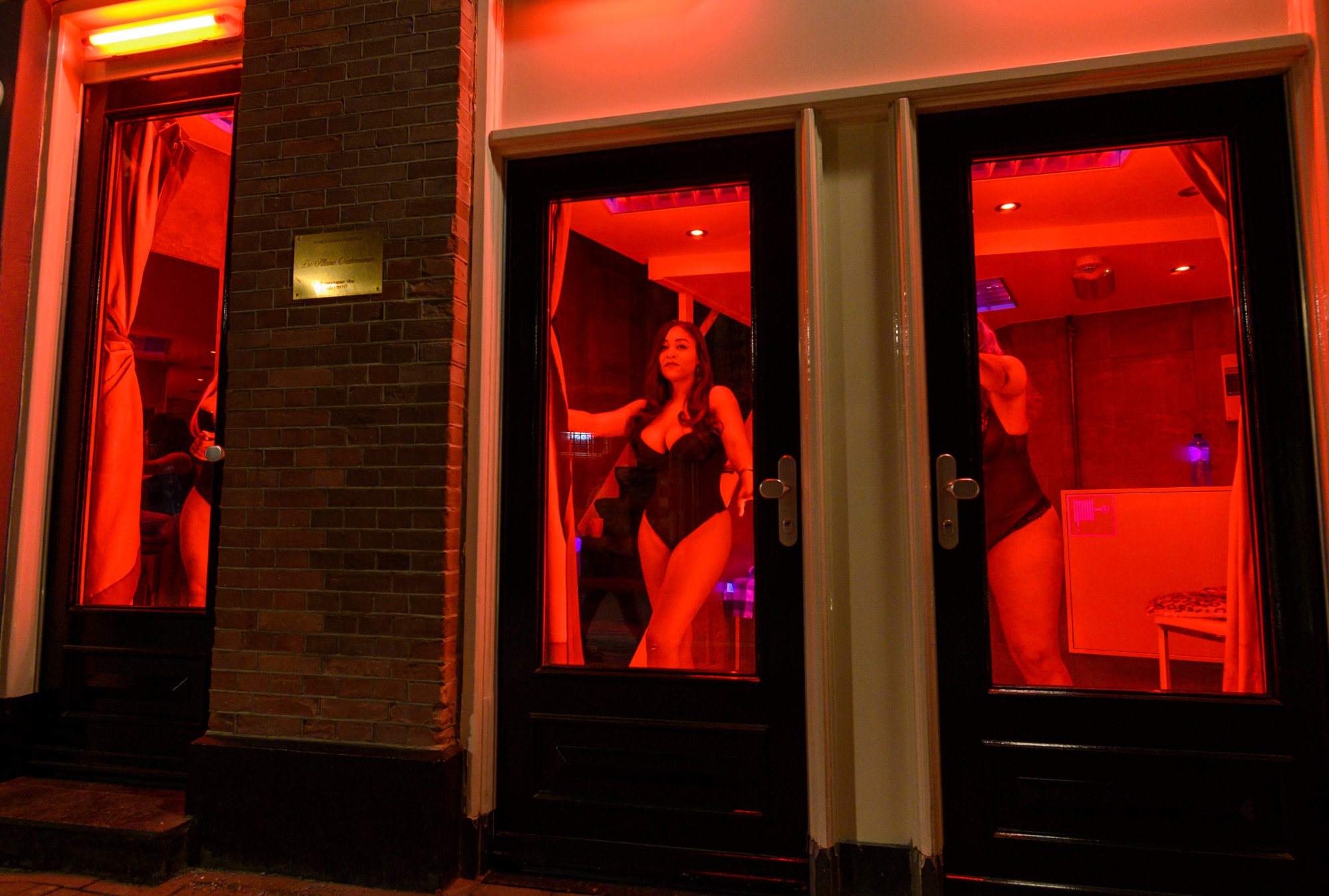
‘Brothels in Malaysia … No way,’ a government minister said, yet in imperial China sex workers were regulated and divided into 6 classes
- A recent suggestion that sex workers be made available to male foreigners in Malaysia, especially married ones there alone, was shot down by officials
- Imperial China recognised six categories of sex worker, from those in the imperial palace who were principally entertainers, to ‘hidden prostitutes’.
The suggestion made in a podcast that sex workers should be made available for male foreigners in Malaysia, especially married ones whose wives are not with them, was swiftly rebuffed by government ministers.
Sex work is as old as humanity itself, as are the strong sentiments that it provokes. It continues to exist, even in places with strict anti-prostitution laws.
In some countries, such as Germany, the Netherlands and Singapore, the laws reflect a more pragmatic approach, in which the state regulates the activity in varying degrees, from requiring sex workers to undergo regular health screenings to taxing their incomes.

Prostitution is illegal in China, but this wasn’t always the case. For thousands of years, the Chinese state had regulated sex work in different ways.
The standard word for sex worker in Chinese, changji, originally referred to individuals who entertained. Even after the inclusion of sex in the repertoire of the changji, the element of artistic talent and performance remained intrinsic to some categories of sex work.

There were six main categories of sex workers in China, the most prestigious of whom were those who served in the palaces of kings and emperors. They were more entertainers than what we understand today as sex workers.
One could not expect the ruler’s wife or any of his consorts to entertain foreign dignitaries or government officials invited to palace banquets, so the palace employed a team of female singers, dancers, acrobats and waitresses for this purpose.
If one of them, while entertaining or serving, caught the eye of one of the guests or the ruler himself, then she would be required to make herself sexually available, for which she would be rewarded with money or gifts.
Singapore’s sex trade: ‘sugar babies’, licensed brothels and loose laws
Entertainers employed in the homes of noblemen, officials and wealthy men performed the same roles as their counterparts in the palace.
The next two groups were the sex workers in government and private brothels. The women in state-run establishments enjoyed certain rights, such as rest days and protection.
The most popular among them could even be selective of who they entertained, or could choose to only “peddle their artistic talents but not their bodies”.
‘I’m proud to call myself a whore’: Singaporean sex worker reveals all
Private brothels were basically the same, except that they were run by private individuals who were licensed by the government to operate.
The fifth category of sex workers were the women who followed the troops. While they also provided entertainment, the sexual aspect of their work was much more pronounced.
They were similar to the “comfort women” in the early 20th century, the hundreds of thousands of women in conquered territories who were forced by the Japanese Imperial Army into sexual slavery.
Where will Singapore’s sex workers go as Orchard Towers closes its club doors?
The last category of sex workers were the “hidden prostitutes”, hidden because they fell outside the government’s supervision, did not pay taxes and were illegal.
The clandestine nature of their work exposed them to greater exploitation and harm from their clients or procurers.
There were two main sources of sex workers. The first group were the womenfolk of “enemies of the state”, such as the regime’s political rivals, disgraced officials and criminals.
Indonesia’s sex workers needed protecting. So now they have a union
However lofty their status might have been – they could even be empresses and princesses of vanquished dynasties – they could be dispatched as sex workers.
The second group were women struggling with poverty.
Today, poverty remains the main reason for women, and men, to enter the sex trade. While sex workers have more agency and autonomy now, helped in large part by the progressive and protective laws of some countries, many turn to sex work in the absence of practical alternatives.

